Ken Croswell
Ken Croswell has a Ph.D. in astronomy from Harvard University and is the author of eight books, including The Alchemy of the Heavens: Searching for Meaning in the Milky Way and The Lives of Stars.

Trustworthy journalism comes at a price.
Scientists and journalists share a core belief in questioning, observing and verifying to reach the truth. Science News reports on crucial research and discovery across science disciplines. We need your financial support to make it happen – every contribution makes a difference.
All Stories by Ken Croswell
-
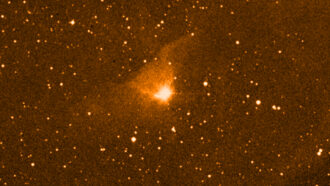 Astronomy
AstronomyTwo stars’ close encounter may explain a cosmic flare that has barely faded
A brilliant outburst of light that has lasted nearly a century arose when two young stars skirted past each other, simulations suggest.
-
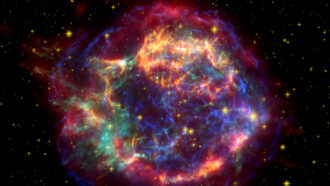 Astronomy
AstronomyHow massive stars in binary systems turn into carbon factories
A massive star with an orbiting partner star ejects on average twice as much carbon, an element crucial for life, into space compared with a solo star.
-
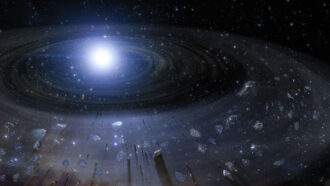 Astronomy
AstronomyDistant rocky planets may have exotic chemical makeups that don’t resemble Earth’s
Elements sprinkled on white dwarf stars suggest that the mantles of faraway rocky worlds differ greatly from their counterparts in our solar system.
-
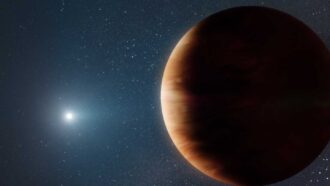 Astronomy
AstronomyA Jupiter-like planet orbiting a white dwarf hints at our solar system’s future
A new planet is the first ever discovered that is orbiting a white dwarf and resembles Jupiter in both its mass and its distance from its star.
-
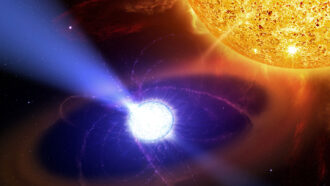 Astronomy
AstronomyThe fastest-spinning white dwarf ever seen rotates once every 25 seconds
A white dwarf star that spins every 25 seconds owes its record-breaking rotation rate to a companion star dumping gas onto it.
-
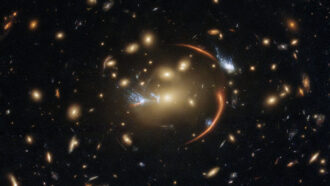 Astronomy
AstronomyA supernova’s delayed reappearance could pin down how fast the universe expands
“SN Requiem” should reappear in the 2030s and help determine the universe’s expansion rate.
-
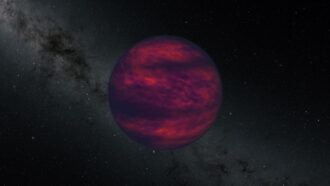 Astronomy
AstronomyHere’s how cool a star can be and still achieve lasting success
The dividing line between successful stars and failed ones is a surface temperature of about 1,200° to 1,400° Celsius, a new study reports.
-
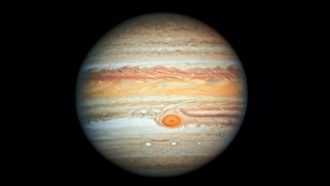 Astronomy
AstronomyA shadowy birthplace may explain Jupiter’s strange chemistry
Dust that blocked sunlight caused the giant planet to form in a deep freeze, a new study suggests.
-
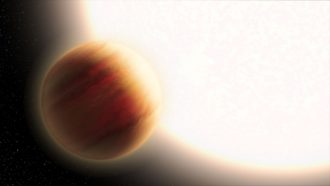 Space
SpaceMost planets on tilted orbits pass over the poles of their suns
Nearly all of the worlds on misaligned trajectories in other solar systems orbit at nearly 90 degrees to their stars’ equators.
-
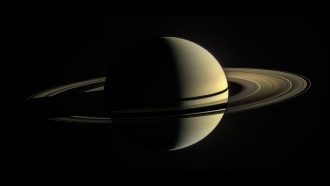 Astronomy
AstronomySaturn has a fuzzy core, spread over more than half the planet’s diameter
Analysis of a wave in one of Saturn’s rings has revealed that the planet’s core is diffuse and bloated with lots of hydrogen and helium.
-
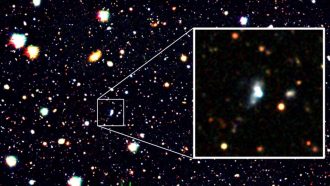 Astronomy
AstronomyA record-breaking, oxygen-starved galaxy may be full of gigantic stars’ shrapnel
The newly discovered galaxy may have once been home to stars more than 300 times as massive as the sun — a peek at conditions in the early universe.
-
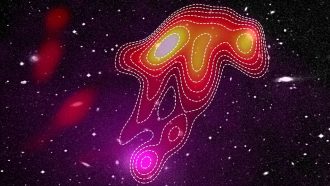 Astronomy
AstronomyThe ‘USS Jellyfish’ emits strange radio waves from a distant galaxy cluster
The unusual pattern of radio waves dubbed the USS Jellyfish tells a story of intergalactic gas meeting black hole by-products.